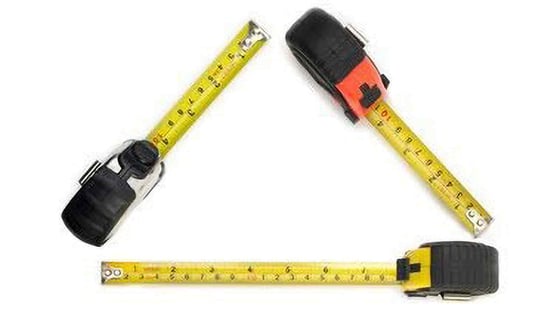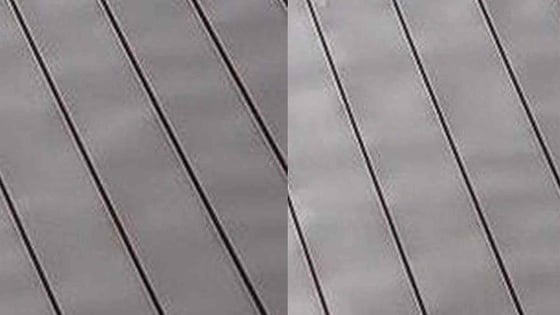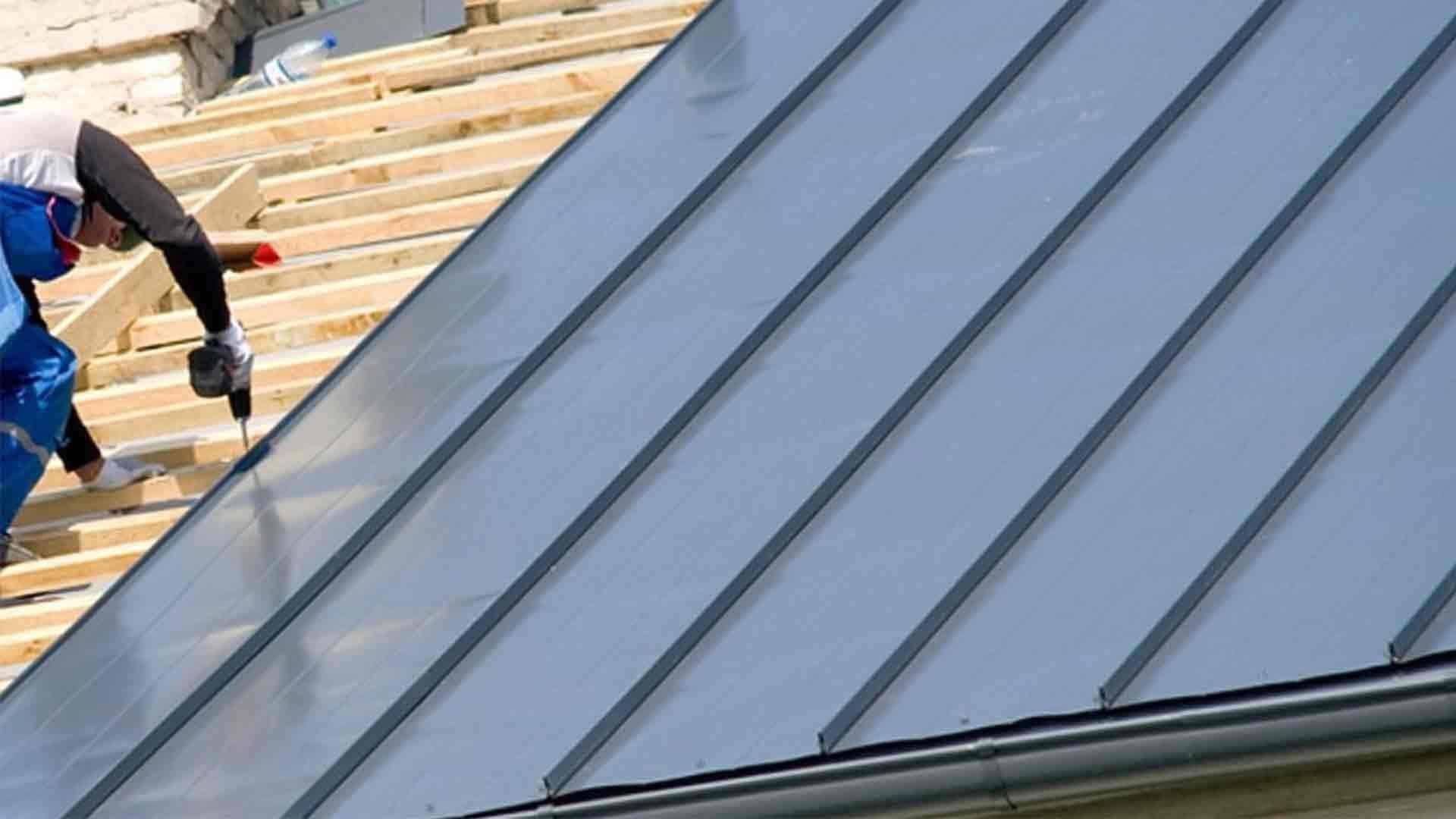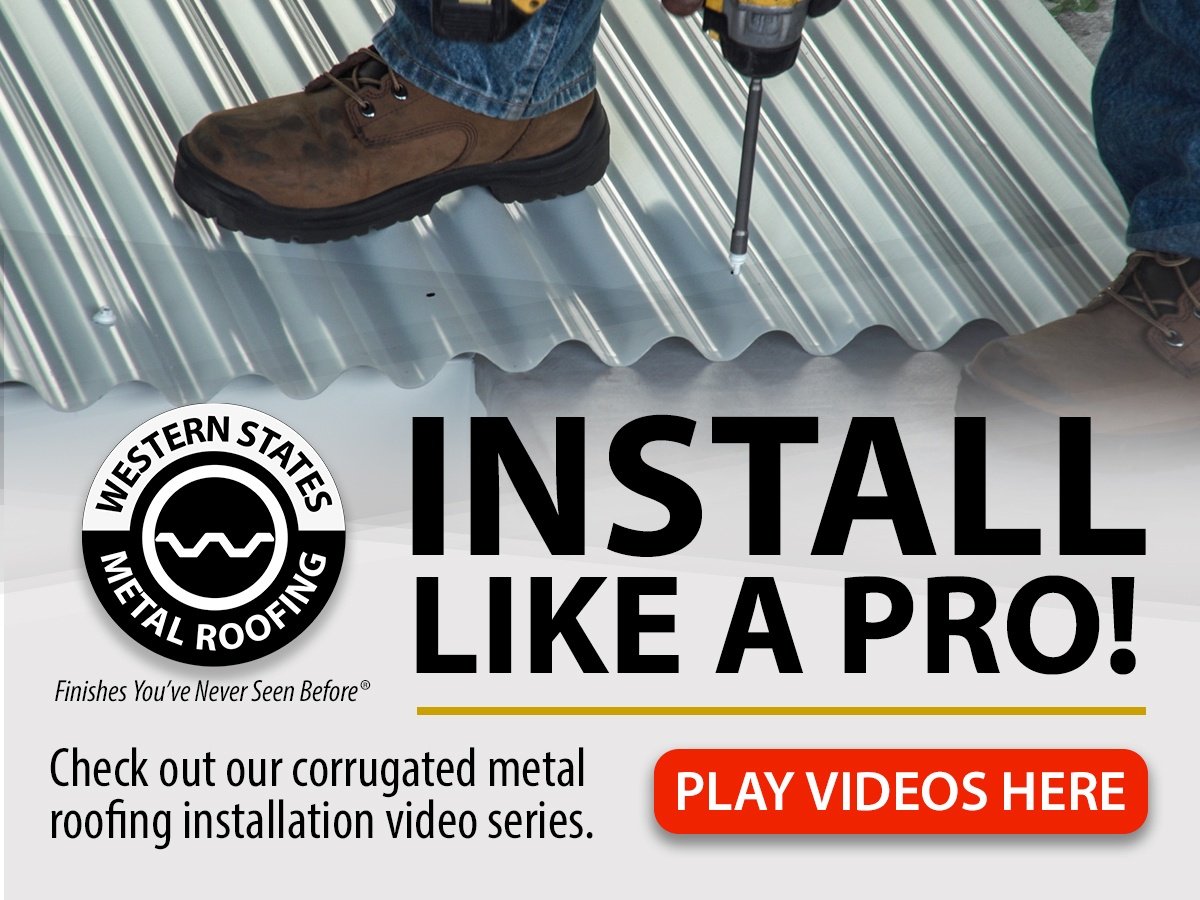The Top 8 Mistakes Made When Installing a Metal Roof
Roofing | Roofing Contractor Education | Metal Roof Installation
Metal has become one of the most popular roofing solutions in recent years due to its modern appearance and its longevity compared to a shingle roof. Not surprisingly, this popularity has resulted in a spike in demand for metal roof installations.
While the extra customer volume may seem appealing, be sure you are thoroughly prepared for these installations to avoid headaches and one-star reviews in the future. Metal Improper installation can significantly reduce the roof’s lifespan and even potentially damage an entire structure, or void the paint warranties.
Below are the top 8 errors seen on metal roof installations, and how you can avoid making the same mistakes:
- Incorrect Measurements
- Choosing The Incorrect Metal Roofing Panel
- Installing Fasteners Incorrectly
- Oil Canning
- Underlayment
- Incorrect Sealant
- Improperly Attaching Flashing
- No Experience Installing A Metal Roof
1. Incorrect Measurements
One of the easiest ways to delay, or add cost to your project is by not measuring the roof correctly. Having the wrong measurements will lead to ordering panels that are the wrong size. Always do a field measurement prior to ordering roof or siding panels.
Try to avoid ordering off plans or a job that is not built in order to speed up lead times. We often see panels that are either too long or short due to this. Use a roofing calculator to help with a more accurate measurement.

2. Choosing The Incorrect Metal Roofing Panel
Issues can arise if the wrong panel type is chosen for your project. There is a large selection of metal roof panels in different shapes and profiles on the market.
Be certain that the panels selected will have a weather tight fit on the roof to securely cover and protect the structure.
Order a metal roofing panel that is correct for the pitch of your roof. This breaks down into two categories:
- Minimum Pitch of 1” in 12” and less than 3” in 12”
- Roof Pitch of 3” in 12” or greater
This is a low slope condition and there are not a lot of options that will work. The best option is a standing seam panel that is a 2” mechanical seam.
Once your roof pitch is at least 3” in 12” than most metal roofing panels will work such as: ⅞” Corrugated, PBR Panel, Western Rib, Western Lock Standing Seam.
3. Installing Fasteners Incorrectly
Improperly installed fasteners are one of the most common reasons for metal roof leaks. Fasteners should be screwed in with little resistance. They should not be under tightened nor overtightened.
If the washer is off center and visible, then the fasteners have been overtightened. If the gaskets are not compressed firmly against the surface, then the fasteners are under tightened.
For more information, we suggest reading: How To Properly Install A Metal Roof With Fastening Screws
4. Oil Canning
Oil canning, sometimes referred to as “stress wrinkling”, is the visible waviness or rippling in the flat areas of metal roofing as shown below. Oil Canning is in all metal panels due to roll form process and is not a means for rejection. However, it can be more obvious in certain panels. The waviness of a corrugated metal roof can help disguise oil canning while it's more visible in panels with flat surfaces.
Oil canning is most commonly seen in standing seam metal roofing or flat wall panels. While this can be a result of fasteners being tightened incorrectly, it can also result from clips not being placed properly. Make sure the clips fit into a panel seam without forcing the vertical seam out of place. Stiffening ribs or striations will help control it.
For more information, we suggest reading: What Is Oil Canning? Causes + Solutions For A Common Metal Roof Problem

5. Underlayment
Using the wrong underlayment, or skipping underlayment altogether, is a common installation error that can be easily avoided. Underlayment should always be used as it provides an extra layer of protection against condensation, minimizing the likelihood of damage occurring.
It’s common for building codes to require the use of underlayment as well as specify which type of underlayment is allowed. Using the wrong underlayment can also result in a voided warranty.
For more information, we suggest reading: What Roofing Underlayment Should I Use? (Felt v. Synthetic)
6. Incorrect Sealant
Sealants are used to keep out elements that could compromise the roof, such as water or dirt. When not applied correctly, the roof could be prone to leaks.
It is also important to use sealant specifically made for metal roofing. Other types of caulking may not adhere to the paint on the panels. The sealant must also be flexible enough that it can expand with the metal without breaking its seal.
7. Improperly Attaching Flashing
Flashing keeps water from entering a structure at a roof penetration or joint. When it is not attached correctly, moisture is able to get in, resulting in a leak. Any area that has penetrates into the roof, such as ventilation ducts, chimneys, and skylights, should have flashing installed surrounding it.
Make sure the correct flashing is used, along with the correct size, so that the area is completely covered. Flashing seams should be properly sealed to allow water to flow on top of the material and prevent it from going underneath the roofing.
8. Metal Roof Installation Experience
All roofing system installations are not created equal, and it’s important that the professional doing the work is experienced specifically with metal roofing.
If you are a contractor, only perform a metal roof installation if you are properly trained and confident in your skill set. In addition, take all the proper precautions as we have discussed in this article.
If you are a homeowner, you want to make sure you are hiring a qualified contractor whenever you are having any kind of work done on your home. For a metal roof, ask the right questions during your consultation to ensure you are hiring a qualified roofing contractor with previous metal roof experience.
What Supplies Do I Need For A Metal Roof Installation?
Avoiding these common errors along with taking your time, paying attention to detail, and using quality products will help you in having a successful metal roof installation.
You likely need to stock up on some additional supplies for your next installation. We’ve listed the accessories you’ll need to complete the job below:
Metal Roofing Panels: Lightweight and durable panels for commercial and residential use.
Underlayment: Moisture protective covering systems.
Foam Closures: Prevents elements from collecting under the ridge cap and panels.
Trim and Flashing: Prevents the passage of water into a structure.
Pipe Flashing: Seals tightly around small ventilation pipes.
Butyl/ Sealant Tape: Sealing of metal panels, roof vents and pipe flashing.
Fasteners: Mechanical securement devices used to secure various components of a roof assembly.





